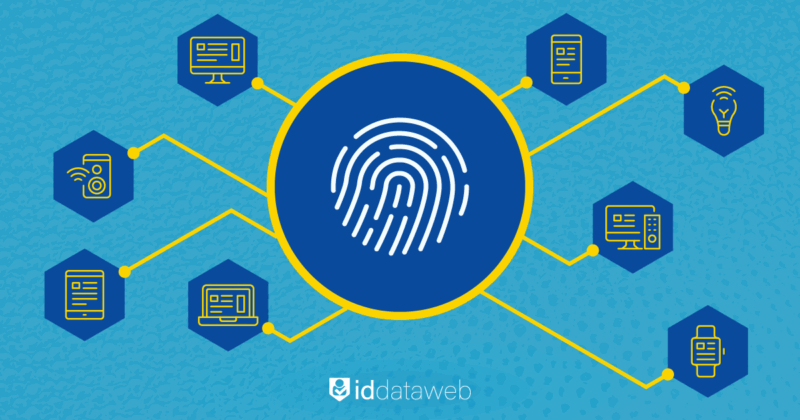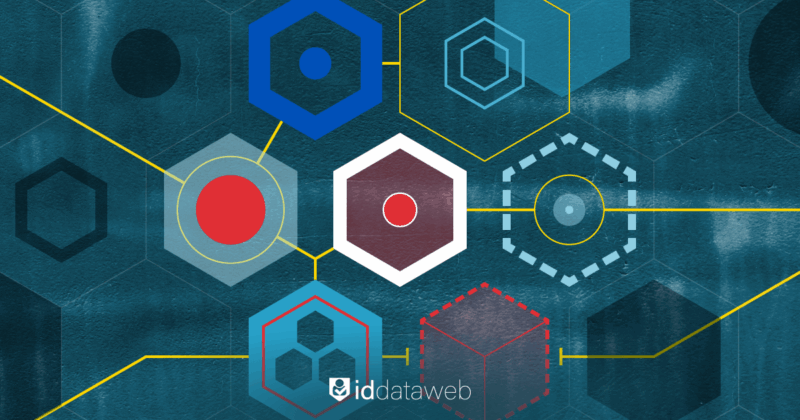Verifying identities and reducing fraud requires data from a multitude of sources. You need to orchestrate risk and identity signals from telcos, credit bureaus, risk consortiums, and government databases. If the source or connection to any single one of these goes down, the whole house of cards can tumble down.
It gets worse if you rely on a single attribute signal. If that source goes down, it’s more than a house of cards, it’s like a light switch is turned off. Darkness — no data to verify against and no way to determine that user’s risk or identity. In short, you end up at the mercy of a very complicated and very fragile database and service that your business depends on.
Not to harp on the doomsday chord for too long, but these services do go down. It’s not because the vendors are bad, it’s because the problems they are solving are vast and the solution has to be equally large, robust and complex. It is a massive dataset with massive amounts of computation and a massive constant load on the system.
Ensure uptime with dynamic backups of services
This sounds simple, right? Have a dynamic backup for your attribute providers. One credit bureau is down for an hour, dynamically switch to another credit bureau to ensure that your user onboarding process keeps on track and functional. Never mind that Credit Bureau A returns a match score on a scale of 1-10 and Credit Bureau B uses 1-100. And of course, that means keeping up with the API changes and contract terms for two vendors, not one. And multiply that by all of the different attribute sources that you need to truly verify identities.
Of course, fraud detection is similar but not exactly the same. Javascript on your authentication screens would need to be swapped out when you change services, policies would need to be updated to reflect the differences in decision responses, and you still have the problems mentioned above about maintaining multiple vendor relationships. If you can’t provide a backup vendor at least you need a backup solution with a policy smart enough to detect downtime and change the challenges you serve to your users.
Dynamic backups of your services is the correct approach but not easily manageable. You are in the business of selling widgets to these users, not managing a complex network of attribute providers. What you want to accomplish is to get your users registered and authenticated easily while reducing your fraud potential.
The Attribute Exchange Network Solves for this Complexity
This problem of dynamic backups and orchestrating multiple signals is exactly why we created the Attribute Exchange Network (AXN). The AXN has over 70 different attribute services available to configure into any identity verification or fraud reduction workflow. Simply choose the services that you want to have in your policy and the AXN manages the API connection, the normalization of the response, and the computation of the multiple sources; the result is a single policy decision that your application uses. You can triangulate as many signals as you need with one interface, one vendor.
How does that solve for sources going down? Easy, you choose a backup service provider for any attribute source in your policy. If the heartbeat connection to that vendor goes down or we start receiving bad data or no responses, we automatically switch to the other provider. It is as easy as clicking “Add backup service” and choosing from the dropdown box.
You don’t need a new contract, a new API or even know the intricacies of their formatting. You do know when the first choice is down only because we notify you that we have switched to your backup service.
Even if you don’t have a complicated policy that triangulates signals from different sources, there is still a tremendous value in the dynamic backup capabilities. We have customers that have migrated from a direct relationship with a provider to the AXN simply for this capability. If any customer is plugged directly into that attribute provider, they would go down with the provider. But because the AXN is in the middle, it gives a “failsafe” to the process, allowing the account onboarding and fraud detection to continue and our customers to keep selling their widgets.
ID Dataweb has designed its workflows based on the experience of over 160 million transactions to provide the highest pass rates possible, often exceeding 95%. This same workflow and orchestration capability allows for robust dynamic backups while still achieving these great results. Want to see how it works? Try this self-service POC where we walk through a fictional user’s identity verification process.













